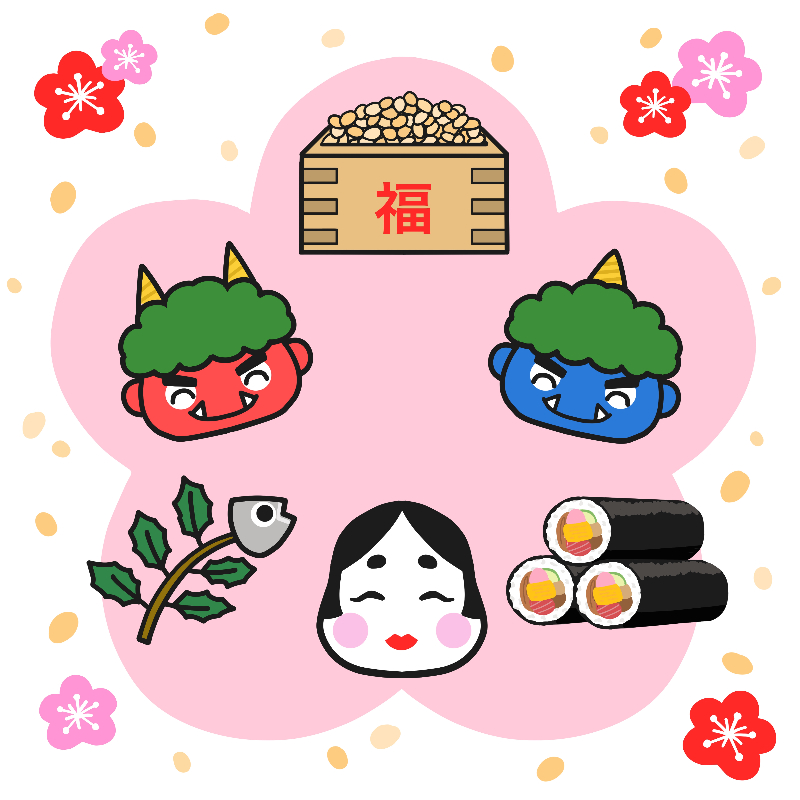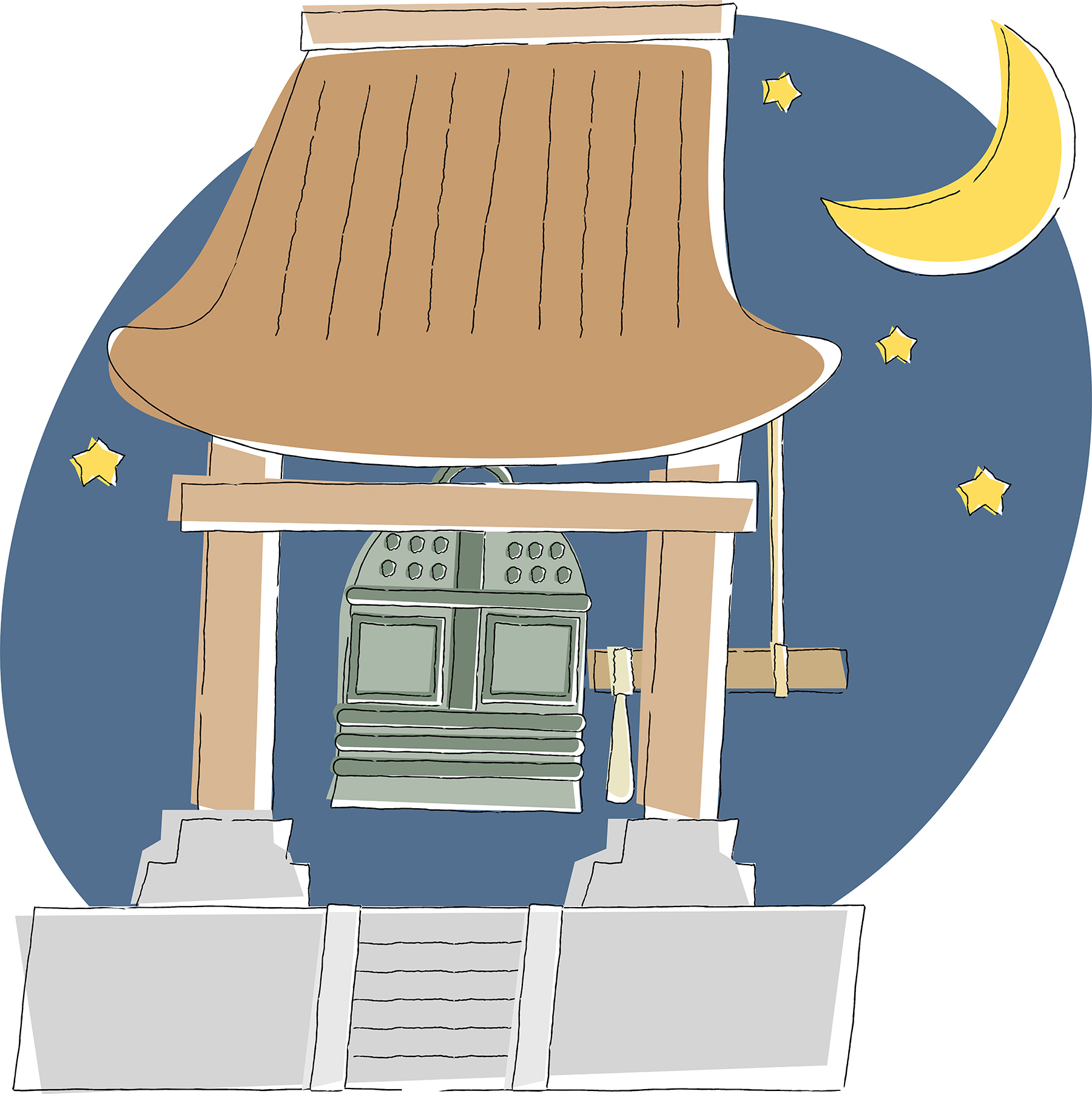
Mime and Guess
 Students work in teams to decipher the meaning of the sentences they are given. Each team then acts out the sentence to the class who must guess what it is in Japanese.
Students work in teams to decipher the meaning of the sentences they are given. Each team then acts out the sentence to the class who must guess what it is in Japanese.
Preparation
Make cards with action sentences from Sheet A and cut into sections. Depending on your emphasis, you may cut the sentence into words or kana symbols.
Procedure
Group work
Students form groups of 4.
Each group takes a sentence (cut into sections) and arranges the cards to reform the sentence. The group which completes their sentence first gets a point. The members of the group then mime the action in the sentence and the rest of the class guess what it is.
Variations
- The sentences on Sentence Sheets A and B are suggestions. Teachers can use other sentence structures according to the level of their students.
- Do not cut the sentences into sections, but make strips with whole sentences. One student from each group chooses a card, and acts out the sentence in mime. Other members try to guess the sentence being mimed. The group gets a point when they have successfully guessed the sentence. If they can’t other groups get a chance to guess the sentence and gain the point.
- The sentences in Variation 2 can be in English if students are unable to read hiragana.
- A mime game dealing with daily activities can be played, using daily routine sentences like those on Sheet B. Students divide into groups, each group is given a sentence at random and a student or students from each group mime the action. The other groups watch, and members cooperate to guess the actions and write them down. Groups then try to put the actions into logical order. The first group to give the series of actions in correct order wins. (Teachers may need to be the judge of what is ‘logical’ order!)
Resource created by Eiko Nakamura, Cathy Jonak and Yohei Arakawa (February 1995).






